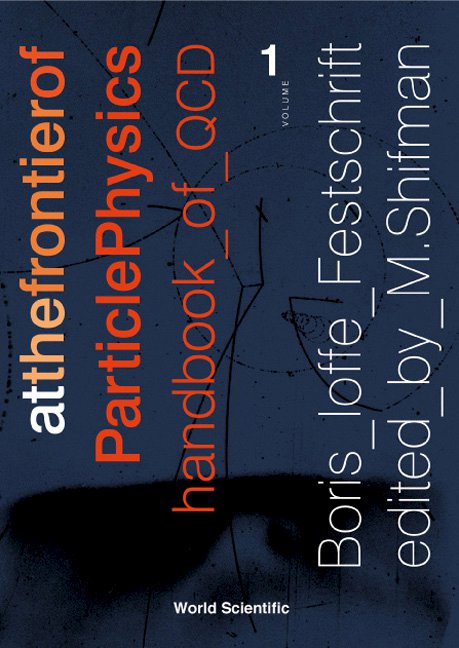CONFINEMENT, MAGNETIC ZN SYMMETRY AND LOW-ENERGY EFFECTIVE THEORY OF GLUODYNAMICS
In this review I explain the idea how one could understand confinement by studying the low-energy effective dynamics of non-Abelian gauge theories. I argue that under some mild assumptions, the low-energy dynamics is determined universally by the spontaneous breaking of the magnetic symmetry introduced by 't Hooft more than 20 years ago. The degrees of freedom in the effective theory are magnetic vortices. Their role in confining dynamics is similar to that played by pions and σ in the chiral symmetry breaking dynamics. I give an explicit derivation of the effective theory in (2+1)-dimensional weakly coupled confining models and argue that it remains qualitatively the same in strongly coupled (2+1)-dimensional gluodynamics. Confinement in this effective theory is a very simple classical statement about the long range interaction between topological solitons, which follows (by virtue of a simple direct classical calculation) from the structure of the effective Lagrangian. I discuss elements of this picture which generalize to 3+1 dimensions and point out remaining open questions.



